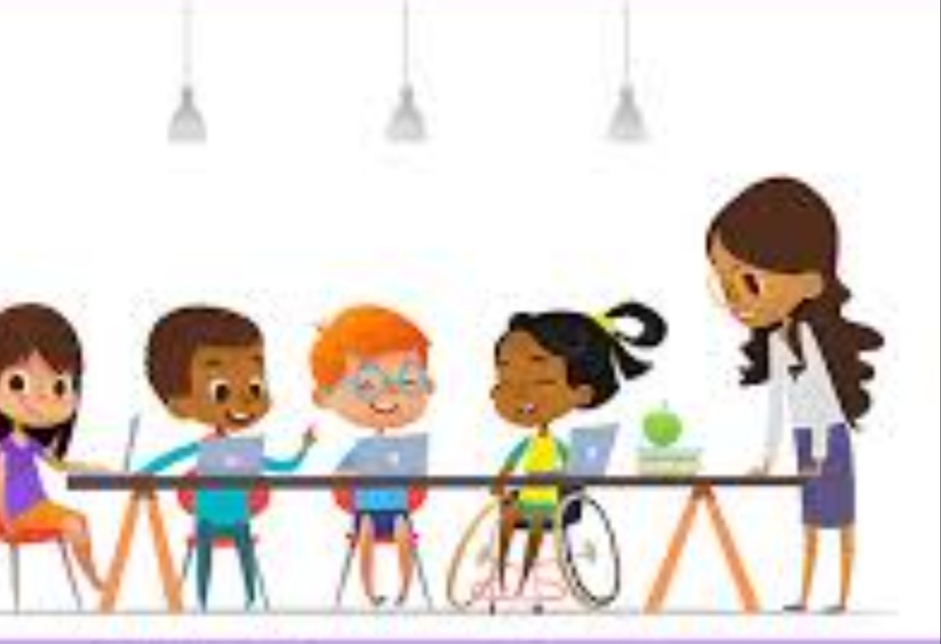Creating an inclusive classroom that caters to diverse student needs is crucial for fostering equitable learning environments. To achieve this, educators can employ various teaching methodologies that accommodate different learning styles, abilities, and backgrounds.
Differentiated Instruction: Tailoring lessons to meet individual students’ needs is key. This approach allows educators to provide various materials, activities, and assessments to address diverse abilities and learning preferences.
Universal Design for Learning (UDL): UDL principles encourage educators to design lessons and materials that are accessible to all students, regardless of their abilities or backgrounds. Providing multiple means of representation, engagement, and expression ensures that every learner can access the content.
Collaborative Learning: Encouraging peer-to-peer interaction fosters diversity and inclusivity. Group work and collaborative projects promote social learning and help students appreciate different perspectives and backgrounds.
Culturally Responsive Teaching: Acknowledging and valuing students’ cultural backgrounds enhances their engagement and motivation. Incorporating diverse perspectives and culturally relevant content into the curriculum creates a more inclusive learning experience.
Flexible Assessment: Allowing students to demonstrate their understanding through various assessment methods, such as written assignments, oral presentations, or hands-on projects, accommodates different learning styles and abilities.
Technology Integration: Leveraging technology can aid inclusivity. Digital tools and resources can provide additional support for students with diverse needs, such as text-to-speech software or interactive learning platforms.
Scaffolding: Providing guidance and support at different levels enables students to build on their existing knowledge and skills. Scaffolding helps learners progress at their own pace and ensures that no one is left behind.
Active Learning: Engaging students through interactive activities, discussions, and problem-solving exercises promotes inclusivity. Active learning methods ensure that all students have opportunities to participate and contribute.
Sensitivity to Learning Disabilities: Recognizing and accommodating students with learning disabilities, such as dyslexia or ADHD, is essential. This might involve providing additional time for assignments or offering assistive technologies.
Regular Feedback and Reflection: Consistent feedback and self-reflection allow educators to adjust their teaching methodologies to better meet the needs of their diverse students.
In conclusion, creating an inclusive classroom requires a thoughtful and multifaceted approach. By implementing these teaching methodologies, educators can create an environment where all students feel valued and empowered to learn, regardless of their differences




